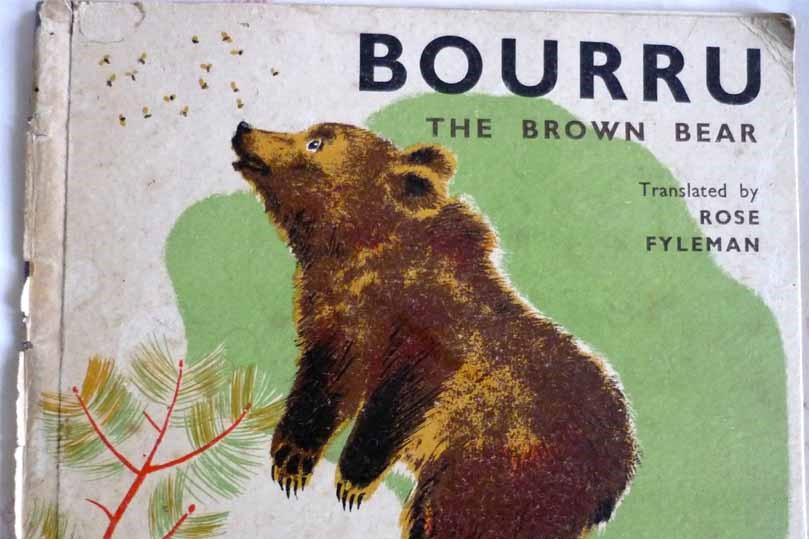I suppose my joined-up memories really begin in about 1942, well after we had come back to live with our parents in Swansea. The worst of the bombing was over – maybe the docks were unusable by that time.
I remember this time like somewhere seen in a dream. The little up-and-down streets and the bombed houses; the rubble-filled gardens already turning to coarse grass and fireweed. We had lots of games to play in the streets in those middle days of the war. We would spend hours picking the urban wildflowers and making shops with brick dust ‘lemonade’ and weeds. There was hardly any traffic and lots of other children around.
John could go much further afield on his own than I could of course; he would regularly go and swim off the beach. I could only go with the grown-ups. We could walk out along the sewer pipe into deepish water, but at certain times you might find yourself among toilet paper and turds and have to scramble for shore. I don’t remember any of us getting ill from it. Perhaps the bugs were frightened of Hitler too and kept away. John remembers on one of his expeditions seeing the whole of Swansea bay crammed with ships: yachts and dinghies, coasters and steamships of all sorts. They were preparing for the D-Day landing, but of course, he didn’t know that till much later.
Behind the house, Number 9 St Albans Road, was a very small garden with a square of muddy grass; sweet-smelling pinks edged the concrete path in summer. A steep flight of stone steps led down to a wooden door opening onto the lane. I spent hours playing with that door, creaking it to and fro, picking at the blisters in the green paint to reveal a blue layer beneath.
Going fast up or down those slippery steps was often hazardous. I recall an experimental moment when I skinned my knee at the bottom. I opened my mouth and started crying, intending to go up and seek my mother. Then I remembered something. If you waited, the pain went away. I waited. The pain went away. I stopped crying and went back to my games, rather thoughtful. My first scientific experiment in the field of psychology: creating a hypothesis, testing and verifying it!
I know when I learned to read, the exact moment, because I have the book and the memory. We didn’t have many books in my early years because paper for publishers was rationed and in short supply. Most children’s books were pre-war. We did have a series called ‘Pere Castor’s Wild Animal Books’ by ‘Lida’, translated by Rose Fyleman “with that delicate gaiety which shows they come from the French”. They were illustrated with lithographs, mostly black and white, but a few in a limited range of colours.
I refound the series in the attic after my parents died. I seem to recall ‘Quipic the Hedgehog’ and a brightly coloured Kingfisher, but the one with which I learned to read was ‘Bourru the Brown Bear’ and I still have it.
Written on the flyleaf is ‘To John and Elinor with love from Mummy and Daddy, Christmas 1942’, so I was a little over five years old. I used to look at the pictures while my mother read aloud, no doubt over and over again. I remember that suddenly a magic thing happened! The picture was a dull one, just a dark hole in a bank in muddy colours. But the black marks beside it were suddenly much more interesting, shifting and moving, telling me the story.
From then on I was hooked on anything in print and have always been one of those people who read the labels on marmalade and pickle jars if there is nothing else. My mother confirmed that I had suddenly taken over reading, though she put it a little earlier, when I was four.
When I refound Bourru in the attic, after she died, my heart beat faster as I turned the pages. Sure enough, page 18 had the dull little hollow and the blocks of print and a sudden brief sensation swept over me; the thrill of discovery.

